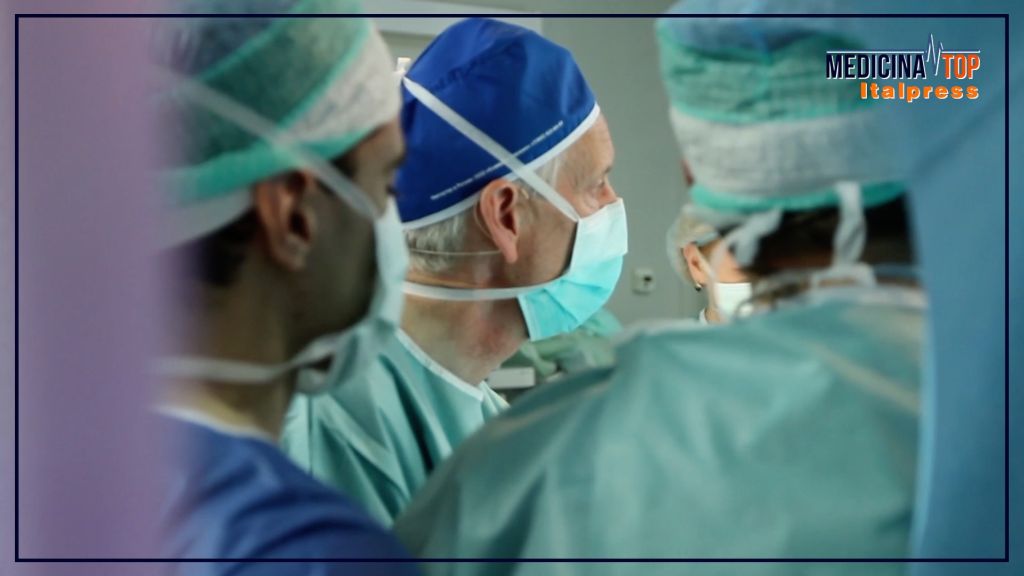ROME (ITALPRESS) – Anesthesia is a key medical discipline to enable the performance of painful surgeries, examinations, and therapies while ensuring patient comfort and safety. The role of the anesthesiologist is crucial not only in administering anesthesia, but also in monitoring the patient’s vital functions, and managing pain following surgery. Anesthesiology is constantly evolving. Among the latest innovations are classes of drugs that reduce the risk of side effects and improve postoperative recovery. Also being progressively developed are advanced locoregional anesthesia techniques, which under ultrasound guidance act on specific nerve centers, leaving the patient alert and cooperative. This was said by Alessandra Mondovì, a specialist in anesthesia, resuscitation, gynecology and obstetrics at the Humanitas clinical institute in Rozzano, interviewed by Marco Klinger, for Medicina Top, a format of the Italpress news agency. “In every field, medical techniques have improved: anesthesia now is not what it was years ago, it has changed a lot,” he began. “Drugs are metabolized very quickly, and then at one time general anesthesia was the only possible alternative, now there are locoregional ones, in which only parts of the body are put to sleep, for those patients who have various medical issues that make general anesthesia less suitable. There are more or less deep sedation, with drugs at particular dosages that remove consciousness and pain, but maintain spontaneous breathing,” Mondovi added. “We have patients who are sent home in the afternoon, before it took those seven to 10 days of hospitalization. On current anesthesia techniques, “The goal is not to make the patient feel pain,” he reiterated, “In general anesthesia, morphine-derived drugs are used and are administered during surgery, otherwise the patient wakes up and will have tremendous pain. Catheters can also be placed for local anesthesia,” Mondovi emphasized. “Patients normally wake up even from large surgeries, and thanks to different anesthesiological techniques they do so quietly and without having experienced pain. Increasingly used is personalized anesthesia: “Each patient is different, has his or her own degree of anxiety that must be controlled in some way. Depending on the surgery, you can choose one technique over the other, favor one or the other drug,” he pointed out. “Sometimes just having a chat with the patient is enough to understand, because patients should be observed and listened to, they give so much useful information. “There are what I call the ‘worst patients,’ not the ones with associated pathologies at the base, not the more complicated ones in short, but the ones who have studied on Google before they came to you,” he recounted, “Those who study on Google first are often frightened patients, and sometimes all it takes is a joke, a chat outside the context of the intervention, and they relax and it’s all right. Finally, on the importance of the anesthesiologist in the context of surgery: “The anesthesiologist is sometimes a figure in the background compared to the surgeon, in fact he has an important role in an operating room, both for the patient’s well-being and for the outcome of the surgery. In order for everything to go right, you have to keep calm and avoid confusion,” he concluded, “It is necessary to work as a team, it is important that there is harmony.
– photo taken from Top Medicine video -(ITALPRESS).

